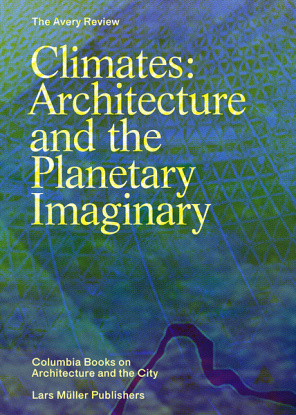Climates: Architecture and the Planetary Imaginary — “Deep Mapping”
Author
Jeanne Gang, Claire Cahan, and Sarah Kramer
Publication
Avery Review, Issue 13 (February) and Climates: Architecture and the Planetary Imaginary
Year
2016
Tags
Featured in Climates: Architecture and the Planetary Imaginary, the article “Deep Mapping” traces the history of Marie Tharp’s mapping of the ocean floor to highlight the designer’s role in understanding crucial information about our world.
“Nearly five centuries of marine discovery notwithstanding, the ocean remains largely unknown, unmeasured, and unmapped. This is problematic for many reasons: the ocean is responsible for the production of food, water, and, most importantly, oxygen; as a site of carbon sequestration, it is one of our major defenses against climate change. And yet—because much oceanic territory remains unexplored, humans struggle to grasp the connection between our survival and a healthy marine ecosystem. Compounding this situation are glaring misconceptions about the ocean that remain embedded in public consciousness. Our inability to experience the ocean as we do land has contributed to a view of the ocean as an eternally bountiful, self-sustaining entity too vast and mysterious to require our protection.
Maps can be one of our most powerful tools in changing humans’ understanding of the ocean. By depicting the Earth as an interconnected ecosystem, with land and ocean mutually dependent, they can effectively reveal that biodiversity, geology, and the need for resource protection do not stop at the shore. To do so, however, mapmakers need to navigate a tricky balance of data, accuracy, and politics. Two maps in particular demonstrate this point, exhibiting two extremes of a continuum: the 1957 map of the Atlantic Ocean floor by Marie Tharp and Bruce C. Heezen, and a less widely circulated, more recent map of the Clarion-Clipperton Fracture Zone (CCZ) in the Pacific Ocean, published by the International Seabed Authority (ISA) in July 2014.”
Read the full essay at the Avery Review or download the pdf.
